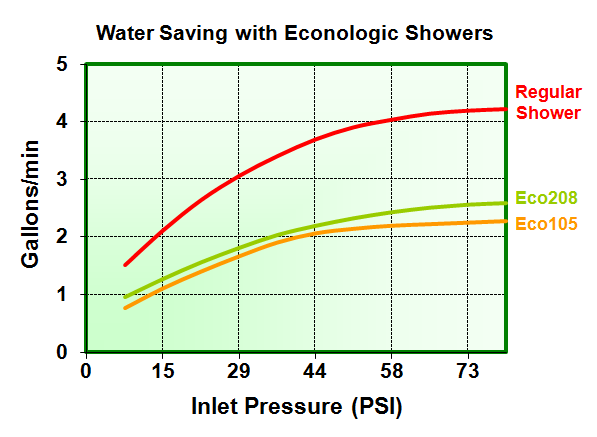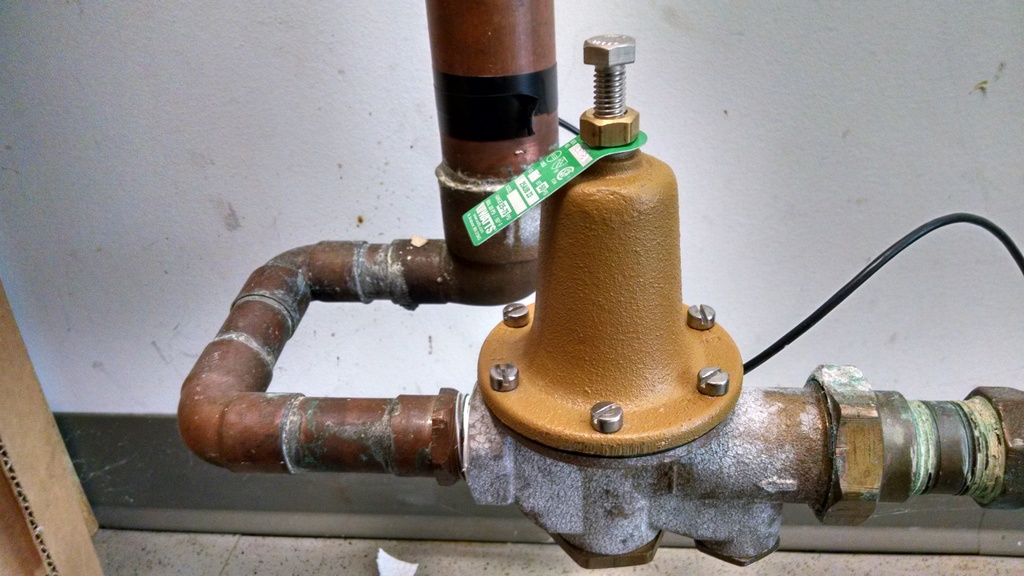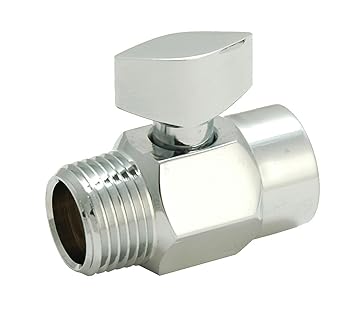benmiller23
New Member
Hi all - We have an old Aquastar 240FX installed in the insulated crawlspace behind our upstairs bathroom, supplying hot water to a shower, sink, toilet, and tub. (The rest of the house is on a separate water heater.)
We've had a problem with cycling water temps in the shower since we bought the house three years ago: from scalding to cold no matter how we have the faucet handle situated. We have no fluctuating temperature problem with the tub or sink, and using the tub I've determined that the heater's burner ignites at the right minimum flow rate (from the Bosch website -- https://www.bosch-climate.us/files/201109161802030.TWH-TK-02_Activation_and_crossover_test.pdf).
In addition, if I run hot water in the sink while the shower is running, the shower does stay at a constant temperature, and it stays at a constant temp when I take the shower head off altogether, too. It seems clear that the water heater is shutting off due to the shower head's low water flow rate.
The thing is that I don't know what to do with that hypothesis: I've replaced the shower valve, gotten a new shower head (I've now used 2gpm and 2.5gpm), cleaned the AquaStar's flow sensor, and cleaned its inlet filter. I'm sure there's a solution I'm missing. Would descaling make a difference? I've been thinking not since it seems to work fine with tub & sink. Should I just buy the highest gpm shower head available and hope that'll keep the burners ignited? Many thanks.
We've had a problem with cycling water temps in the shower since we bought the house three years ago: from scalding to cold no matter how we have the faucet handle situated. We have no fluctuating temperature problem with the tub or sink, and using the tub I've determined that the heater's burner ignites at the right minimum flow rate (from the Bosch website -- https://www.bosch-climate.us/files/201109161802030.TWH-TK-02_Activation_and_crossover_test.pdf).
In addition, if I run hot water in the sink while the shower is running, the shower does stay at a constant temperature, and it stays at a constant temp when I take the shower head off altogether, too. It seems clear that the water heater is shutting off due to the shower head's low water flow rate.
The thing is that I don't know what to do with that hypothesis: I've replaced the shower valve, gotten a new shower head (I've now used 2gpm and 2.5gpm), cleaned the AquaStar's flow sensor, and cleaned its inlet filter. I'm sure there's a solution I'm missing. Would descaling make a difference? I've been thinking not since it seems to work fine with tub & sink. Should I just buy the highest gpm shower head available and hope that'll keep the burners ignited? Many thanks.



